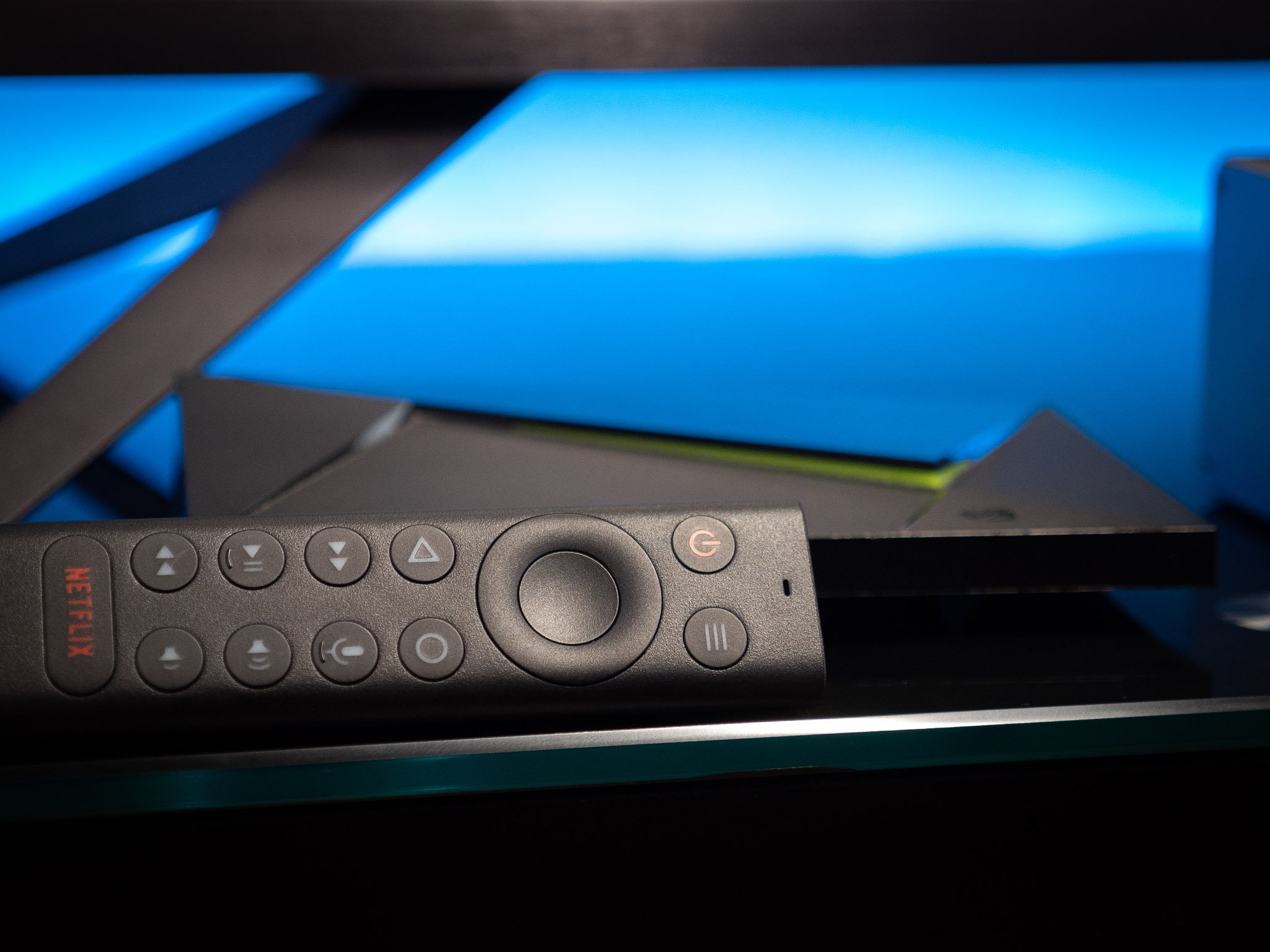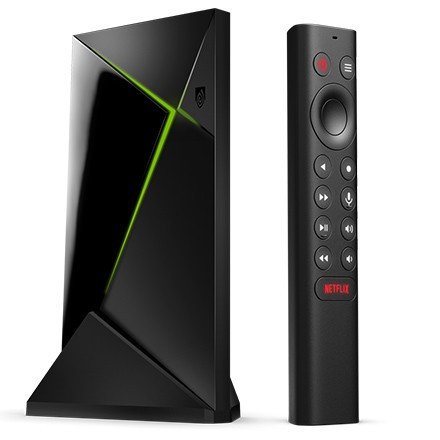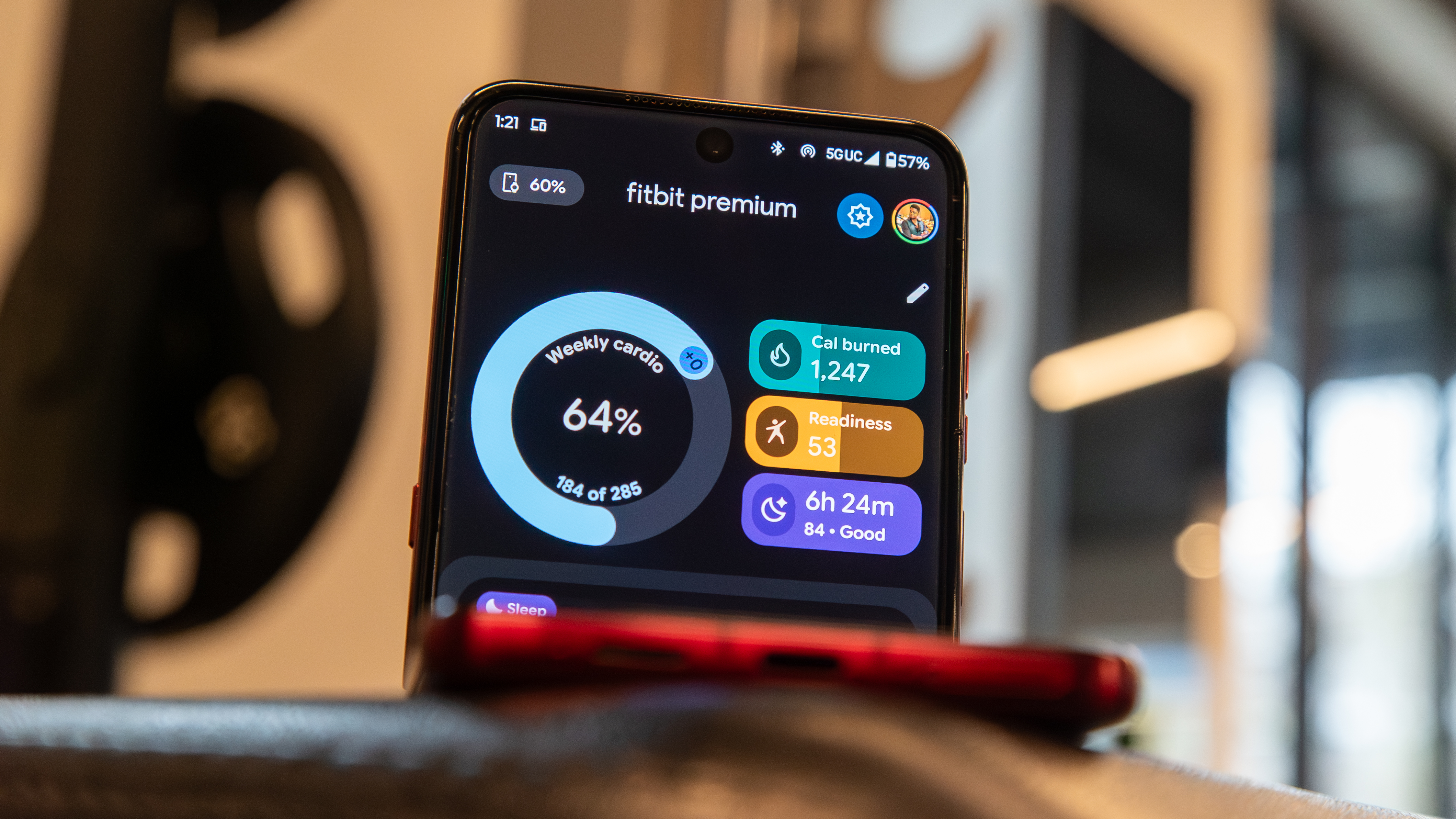The NVIDIA Shield TV Pro (2019) is my favorite purchase of the year

There's no shortage of smart TV platforms, but in our household, we went all-in on Android TV. It started with a Sony 950D back in 2015, and over the last four years, we amassed three additional TVs that ran Android TV out of the box.
The end result is that I didn't need a standalone Android TV box. I bought a Mi Box S to use with my Xiaomi Mi Laser Projector (the U.S. model comes with Android TV, but not the Chinese variant), but aside from that, there wasn't a good enough reason to get a device like the Shield TV.
That changed earlier this year when I noticed just how laggy Sony's Android TV interface has gotten. The TV still gets security updates from time to time, but it is running Marshmallow. And while the Mi Box S is a decent product for under $50, it doesn't handle 4K content well. That meant I had to look for an alternative, and I inevitably ended up with the Shield TV Pro (2019).
I used the Shield TV for just over two months, and in that time, it has become my favorite purchase of 2019.

The best streaming media player you can buy today.
With class-leading hardware and continual software updates, the Shield TV Pro (2019) stands tall over other streaming media players. The Shield TV streams all your favorite shows and movies in 4K HDR and Dolby Atmos, you can play several AAA games via GeForce Now, and control your smart home devices with Google Assistant. The fact that it will be updated for four years or more means you won't need another streaming box.
At first glance, the Shield TV doesn't make that much sense. It costs three times as much as Android TV boxes that offer the same set of features, but the difference is in the details. The Shield TV is powered by NVIDIA's Tegra X1+ chipset, and you have to use it to see how much faster it is than any other streaming box or the native user interface on your TV.
I had no idea Android TV could be this responsive.
I had no idea Android TV could be this responsive, and the Shield TV is on an entirely different level when it comes to the hardware side of things. There's a level of immediacy here that you just don't get with any other streaming media player. There are other features that make the Shield TV stand out: it has 4K HDR and Dolby Atmos, and the new AI upscaling mode is a game-changer.
It has all the basics that you're used to seeing from an Android TV box — you can easily talk to Google Assistant for everything from controlling smart home devices to getting weather updates and sports scores. The Shield TV also has your favorite streaming services, with everything from Netflix, Disney+, Hulu, and others included out of the box.
Get the latest news from Android Central, your trusted companion in the world of Android
With four years of software updates, the Shield TV basically pays for itself.
But what makes the Shield TV truly stand out is the software updates. The first-gen Shield TV has been updated for over four years, considerably more than any Android phone or tablet. Because NVIDIA uses its custom Tegra chipset in the Shield TV, it is able to work closely with Google to deliver continual updates. So even though you're paying a premium for the streaming box, it pays for itself over the course of four years.
Another great feature with the Shield TV is GeForce Now, NVIDIA's cloud gaming platform. The service is in beta right now, and you can stream a host of free AAA games or link your Steam account to play games that you already own. All you need to do is pair a controller over Bluetooth, and you can jump into your favorite games. The convenience on offer makes the Shield TV the ideal showcase for GeForce Now.
Oh, and the bundled remote is pretty great too. The triangular design makes it easy to hold and use, and there's even a remote finder feature that lets you locate the remote should it go missing.
My coworkers have constantly raved about the Shield TV over the last four years, and I never understood the enthusiasm. But after using it for two months, I now understand that all the praise the streaming box has received is fully justified.

The best streaming media player you can buy today.
With class-leading hardware and continual software updates, the Shield TV Pro (2019) stands tall over other streaming media players. The Shield TV streams all your favorite shows and movies in 4K HDR and Dolby Atmos, you can play several AAA games via GeForce Now, and control your smart home devices with Google Assistant. The fact that it will be updated for four years or more means you won't need another streaming box.

Harish Jonnalagadda is Android Central's Senior Editor overseeing mobile coverage. In his current role, he leads the site's coverage of Chinese phone brands, networking products, and AV gear. He has been testing phones for over a decade, and has extensive experience in mobile hardware and the global semiconductor industry. Contact him on Twitter at @chunkynerd.
